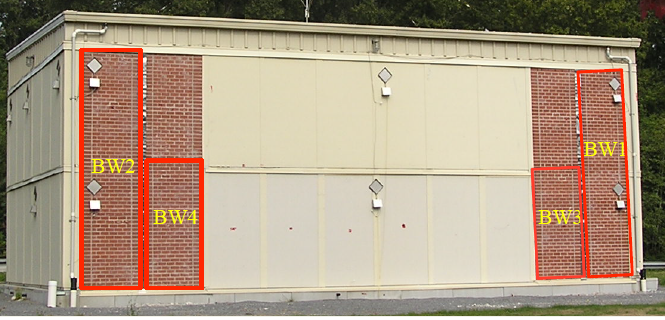1 Ph.D., Director, Building Science Centre of Excellence, British Columbia Institute of Technology, Burnaby, BC, V5G 3H2, Canada, Fitsum_Tariku@bcit.ca
2 M.A.Sc., Research Analyst, Building Science Centre of Excellence, British Columbia Institute of Technology, Burnaby, BC, V5G 3H2, Canada, Wendy_Simpson@bcit.ca
ABSTRACT
The climate in southern British Columbia (BC) is characterized by mild temperature and a wet climate. In this type of a climate, wind-driven rain is the major source of moisture load on building envelope systems. The mild temperature and the relative moist outdoor air reduce the drying potential of these systems. The combination of high wetting and low drying potentials of building envelope systems in the coastal climate calls for building envelope designs that mitigate these unbalanced potentials. One of the proposed design solutions, and now part of the BC Building Code, is the adoption of rain screen wall design to improve the moisture management performance of wall systems, especially with water absorptive cladding such as brick and stucco. In this paper, the hygrothermal performances of four full-scale brick veneer wood-frame wall systems are examined for over a period of nine months in a field experiment test setting. The effect of surface coating and cavity ventilation on the hygrothermal performance of brick veneer wall systems are studied. The moisture responses of the moisture sensitive layer (wood based sheathing board) to the indoor and outdoor ‘real’ weather exposure are analyzed and presented.
KEYWORDS: rain screen wall, moisture content of sheathing, ventilation, air gap, water repellent
489.pdf



